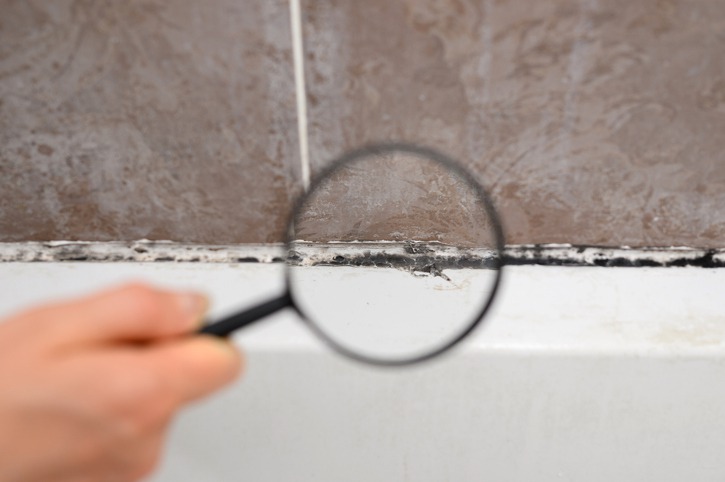Wondering about the best time to check your home for mould? You’re not alone. Mould can be a persistent issue, and knowing when to look for it is crucial. In this article, we’ll explore why timing matters and how you can keep your home safe. Let’s uncover the right moments to take action and keep mould at bay.
What Causes Mould?
Mould is a type of fungus that thrives in damp environments. It can grow on a variety of surfaces within the home, and it doesn’t take much for it to spread. Humidity, leaks, and poor ventilation are among the main culprits that contribute to mould growth.
Common Places to Find Mould
Mould isn’t picky about where it lives, but it does have some favorite spots. Here are common areas where you might find it:
Bathrooms and kitchens, particularly around sinks and tubs
Basements and attics with poor ventilation
Windowsills and behind wallpaper
Key Times to Check for Mould
After Heavy Rain or Floods
Inspecting your home for mould after heavy rain or floods is crucial. Water can infiltrate areas you might not expect, like basements and wall cavities. These damp conditions create an ideal environment for mould to thrive. It’s important to check all potential trouble spots and address any wet areas immediately to prevent mould from taking hold.
During Seasonal Changes
Seasonal changes often bring shifts in humidity and temperature that mould loves. Spring and fall are particularly important, given their rainy weather and fluctuating temperatures. These conditions can encourage mould growth, so it’s wise to be extra vigilant during these times. Regular checks can help catch any early signs of mould.
When You Notice Musty Odors
A musty smell in your home is a red flag you shouldn’t ignore. It often indicates hidden mould, which can be lurking behind walls or under carpets. Investigating the source of the odor is crucial, as early detection can prevent more extensive problems. Addressing it promptly helps maintain a healthy living environment.
Regularly Scheduled Inspections
Regular inspections are key to catching mould issues early. Set aside time every few months to evaluate areas prone to moisture, especially after weather events. This proactive approach allows you to identify and address mould before it becomes a major problem. Consistent checks help ensure a mould-free home.
Taking Action Against Mould
Why Timely Inspection Matters
Timely inspection for mould is critical because ignoring the problem can have serious consequences. Mould can deteriorate indoor air quality, which may lead to health issues like allergies and respiratory problems for those living in the home. By inspecting regularly, you can catch problems early and address them before they escalate. This proactive approach not only protects your health but also preserves your home’s value and structure, offering peace of mind.
Steps for Mould Inspection
Identify high-risk areas in your home.
Check for visible signs of mould like discoloration or patches.
Pay attention to strange or musty odors.
Consider professional help if you suspect a serious issue.
Choosing Professional Help
Choosing professional help for mould issues is a smart decision when dealing with more than just a minor patch. Trusted mould removal services have the expertise to assess the situation accurately and implement comprehensive solutions. They use specialized equipment and methods to remove mould effectively, preventing recurrence.
Professional assistance ensures that hidden mould is also addressed, maintaining a safe and healthy home environment. This approach not only resolves the immediate issue but also safeguards your property value.
Maintaining a Mould-Free Home
Preventative Measures
Prevention is always better than a cure. To keep mould at bay:
Ensure proper ventilation in your home.
Fix leaks and damp spots promptly.
Use a dehumidifier in areas prone to moisture.
Long-Term Solutions
For lasting peace of mind, it’s wise to consider property reconstruction services. These professionals can help redesign or modify your home layout to address problem areas that contribute to moisture build-up. By improving ventilation and drainage, they can effectively reduce the risk of mould growth. Such proactive measures can protect your home and enhance its value over time.
Understanding Mould’s Impact on Your Home’s Value
Mould can dramatically affect your home’s value, as potential buyers are often wary of properties with mould issues. Understanding how much does mould devalue a home is crucial if you’re planning to sell. Mould not only poses health risks but also signals potential underlying problems, which can scare off buyers.
Addressing mould before listing your property can prevent these deterrents and help maintain or even increase your home’s marketability. Taking proactive steps to eliminate mould showcases a well-maintained home, reassuring buyers.
Wrapping Up
Mould isn’t something to take lightly. Regular checks at the right times can save you both money and stress in the long run. Whether it’s after a storm, during seasonal shifts, or when strange smells arise, being proactive is the key. Partner with professionals when necessary, and invest in preventative measures to keep your home mould-free. It’s worth the effort to maintain a safe and healthy environment for you and your loved ones.
